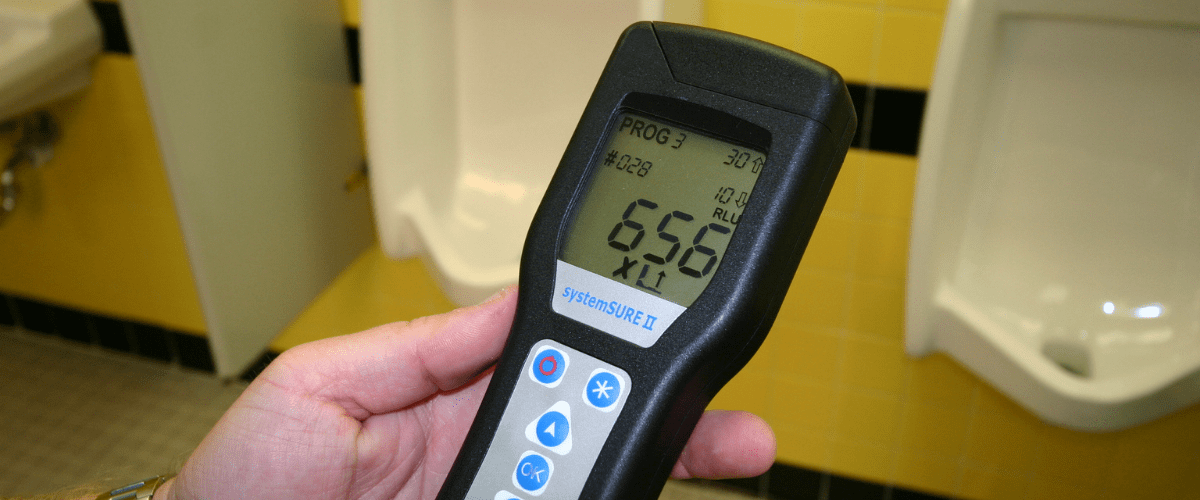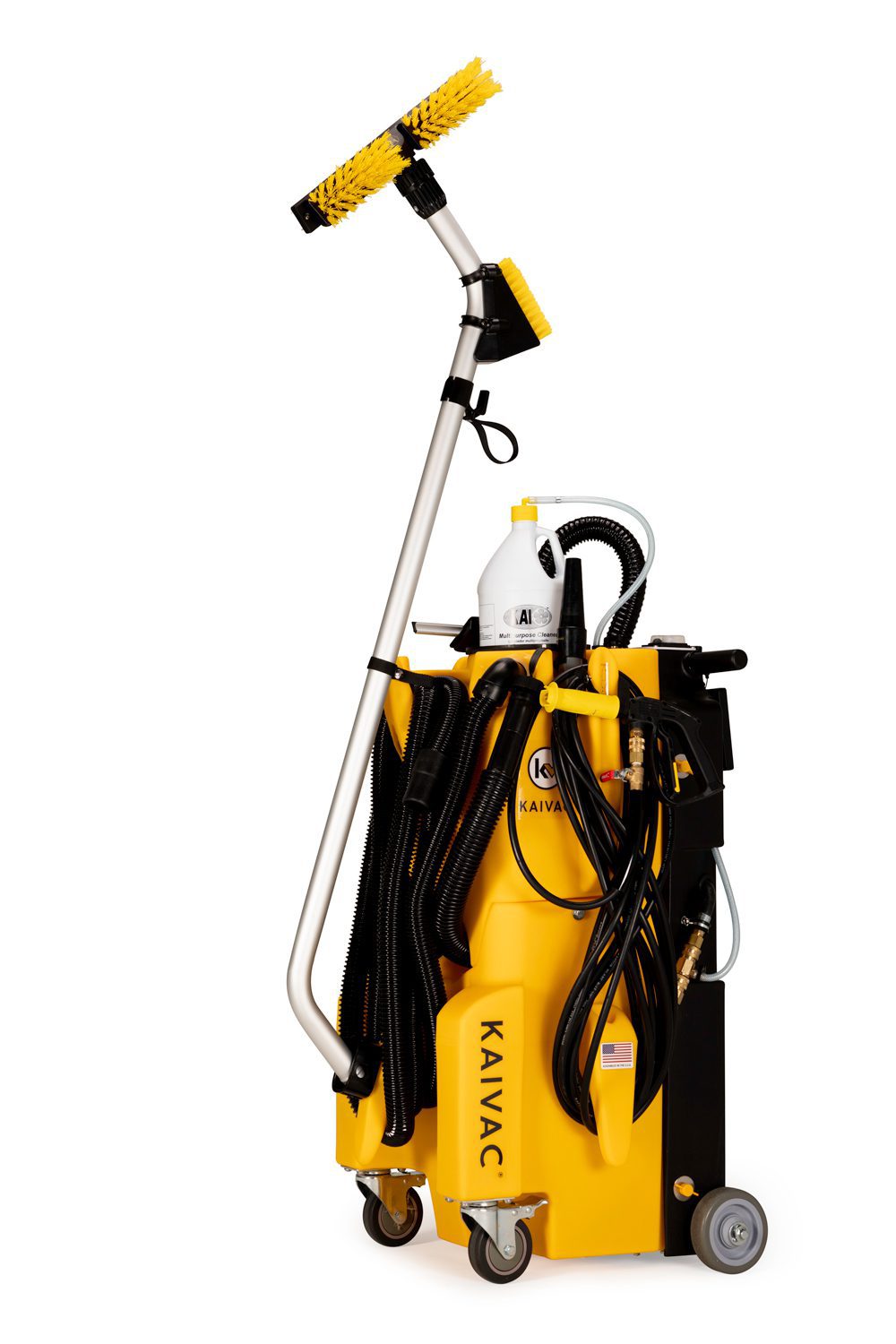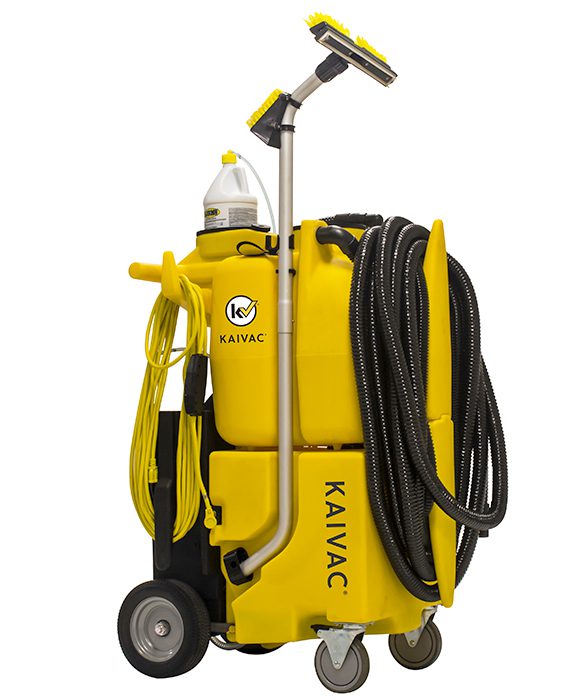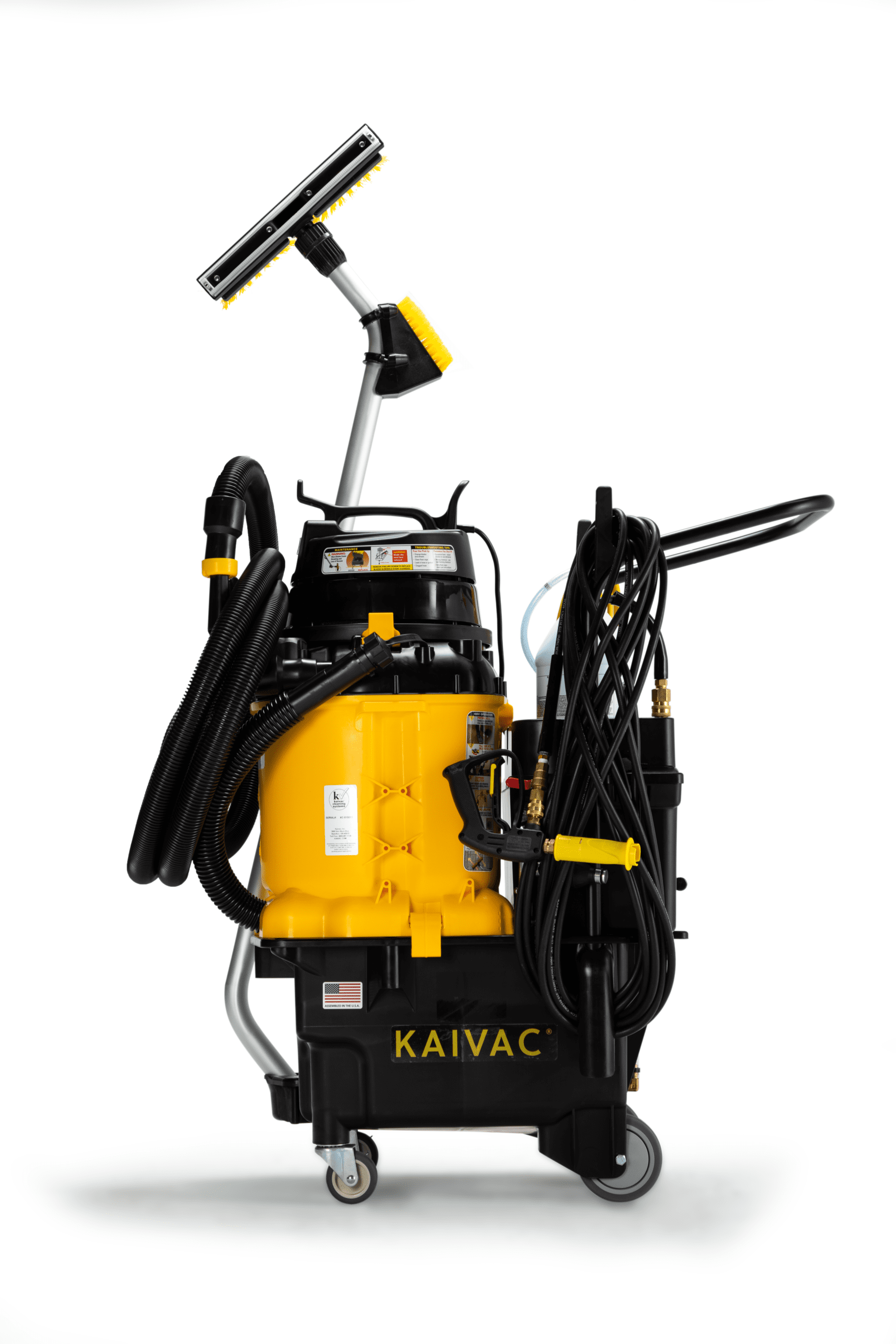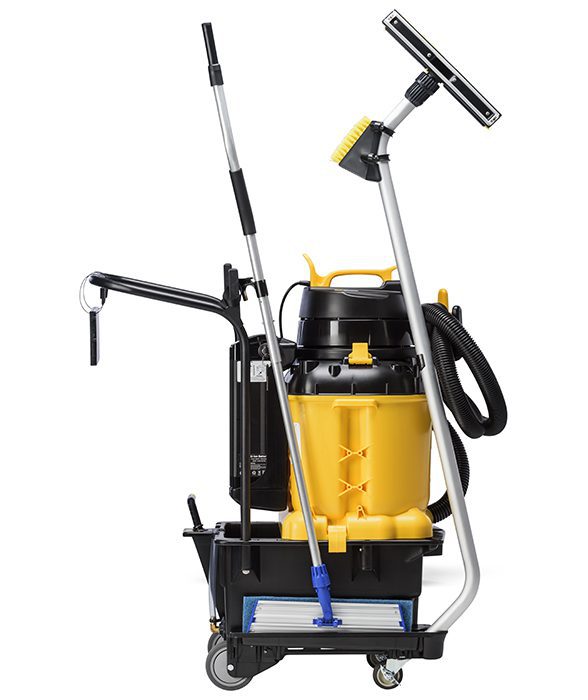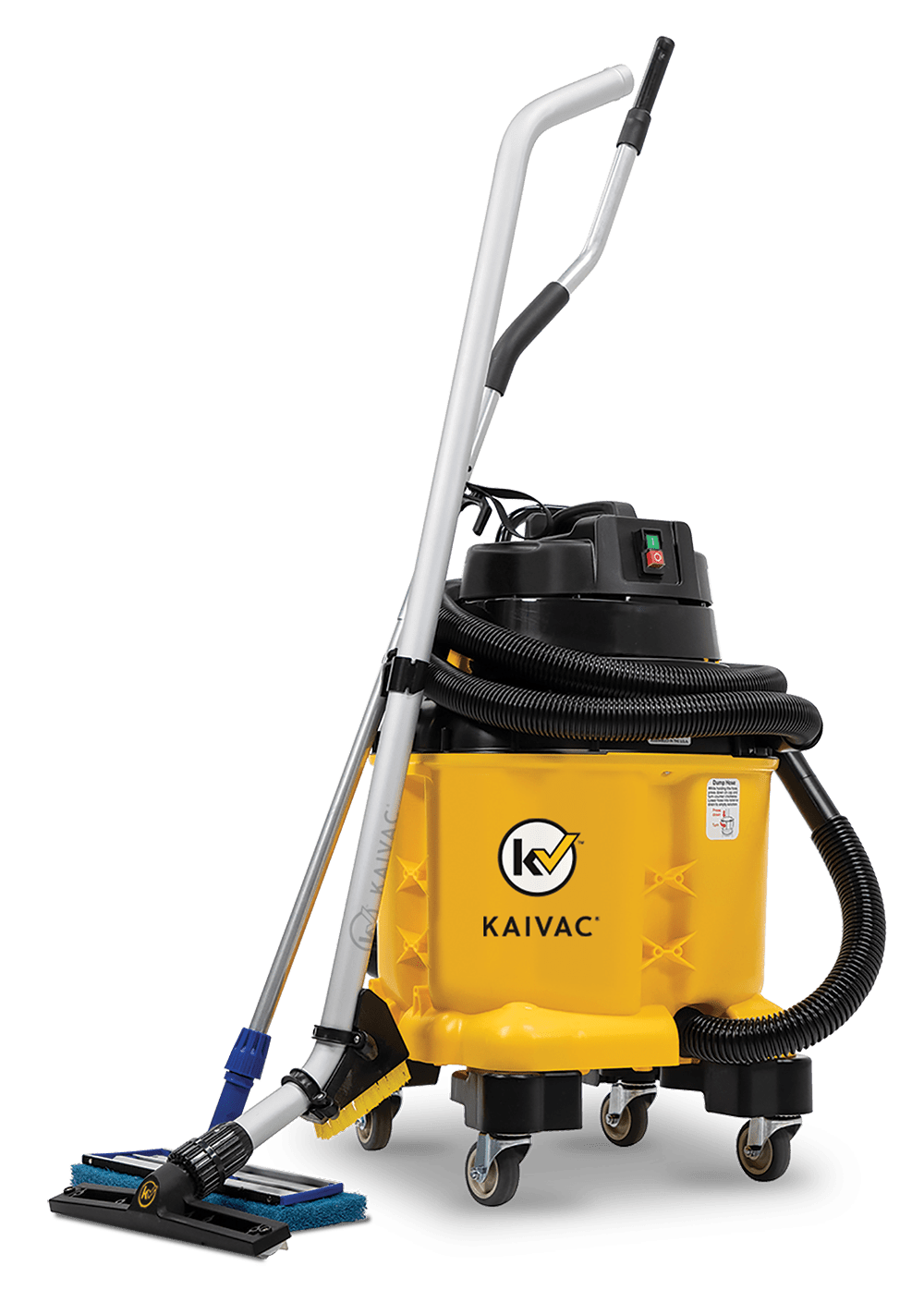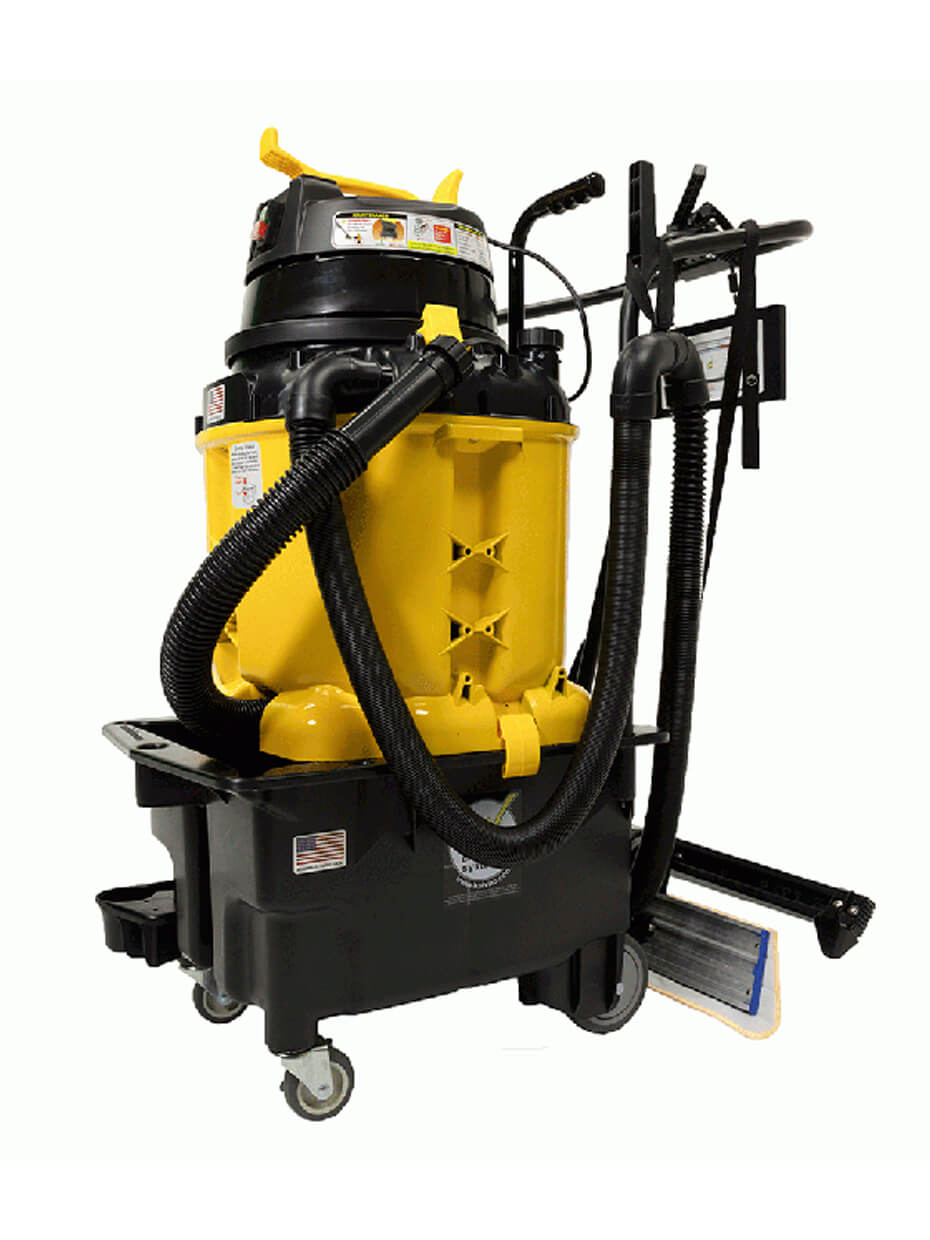Cleaning to prevent infections. It’s certainly been a hot topic in the news and in the eyes of the public. But if you work in building management or commercial cleaning services, you know it’s more than just the latest trend. Removing contaminants and germs which spread disease is a foundational part of commercial cleaning. Why? Simply put, an effective infection prevention program can have a real impact on the health of your community, customers, and employees. Furthermore, cleaning for health can even impact your bottom line.
But how do you clean for infection prevention? Most importantly, you must rely on cleaning science. Scientific knowledge and principles will help ensure that your efforts are working. To evaluate your cleaning program for infection prevention, start with these three questions.
1. Does Your Method of Cleaning Effectively Prevent Infections?
Cleaning, at its core, must focus on the removal of soils, both visible and invisible. Cleaning prepares a surface for disinfection, which is critical for killing pathogens and preventing infection. It’s important to know you are removing soils effectively by validating your cleaning with scientific testing. If you don’t know if your process is valid, it’s probably not. Therefore, you could be wasting a lot of money on supplies and labor. Worse, you’re probably not achieving your goal of preventing infection.
An ATP measurement system is the primary validation tool for cleaning science as it relates to effective infection prevention. ATP, or Adenosine Triphosphate, is an energy carrier found in all living organisms. An ATP measurement system detects the amount of organic matter that remains on a surface after cleaning. This helps to determine if cleaning practices are effective. ATP fits the needs of the cleaning industry because of its rapid response time. You can have data in 15 seconds, allowing you to track effectiveness without much cost or disruption.
If your results show that you are not effectively removing soils, the culprit could be your cleaning method. Kaivac No-Touch Cleaning systems use high-powered vacuum extraction to remove soils and contaminants efficiently and safely without exposing your workers to close contact. On the other hand, traditional methods such as mops, rags, and brushes often only spread soils and contaminants around.
2. Are You Cleaning at the Right Time Prevent Infections?
Typically, you probably clean and disinfect when it’s most convenient, such as after hours when no one is present. But cleaning when it’s convenient is not always the best time to clean for infection prevention. Put simply, the right process applied at the wrong time will not produce the result you want. Science allows us to understand how and when clean to achieve the best result, preventing infection and protecting the public health.
Fortunately, using ATP testing at strategic intervals allows you to:
- Track when and how quickly contamination builds up in critical areas
- Determine when contamination reaches a level that demands cleaning
- Schedule your cleaning frequencies around your findings
- Make ongoing adjustments with continued testing to account for changes in usage
3. Who is at the Frontline of Your Infection Prevention Program?
The human element of cleaning cannot be overlooked if you want to make an impact in preventing infection. Your tools and techniques may be effective. Your timing could be perfect. But what if your workers feel unsupported and demotivated on the job? If they are punching the clock and doing the bare minimum to get through the day, your whole system can break down.
Cleaning to prevent infection is important. So, shouldn’t your workers feel empowered when performing this vital job? You can empower them by providing the proper tools and training and making sure to communicate the value of the job they do. As a result, they will understand their role in preventing disease and be more likely to adopt scientifically proven methods. They may also be more likely to speak up and collaborate with management to achieve successful outcomes. In addition, knowing that their quality will be checked promotes sticking with the protocols that create consistently healthy results. This is the final piece of successfully cleaning for infection prevention.
Infection Prevention Cleaning that Works
In summary, when you use science to determine how and when to clean, as well as the needs of the person who does the cleaning, you can develop an effective program for preventing infection. This creates spaces where people feel comfortable and safe from disease and other health risks.
